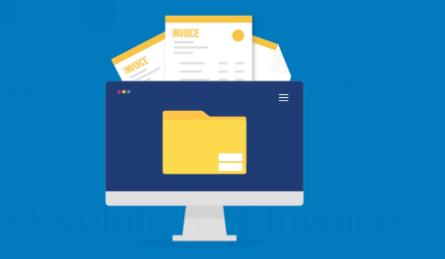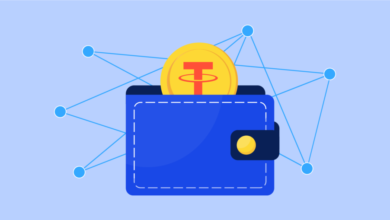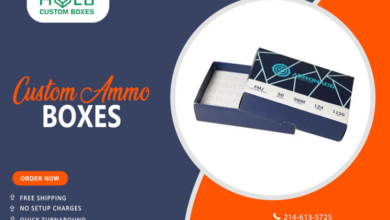The Evolution of Invoice Scanning Solutions in the Last Decade

Over the past decade, the way businesses manage invoices has undergone a dramatic transformation. Manual, paper-based processes once dominated accounts payable departments, leading to inefficiencies, delays, and errors. Today, automation and intelligent systems have become central to how finance teams operate.
As of 2024, the market anticipates handling approximately 560 billion invoices annually. Of these, around 125 billion invoices are transmitted electronically. The current market value of invoicing solutions stands at $8.9 billion and is projected to reach nearly $23.7 billion by 2028. These figures underscore the rapid shift toward digitization and automation in financial operations.
This blog explores how invoice scanning solutions have evolved over the last decade, the innovations shaping them, and what businesses can expect moving forward.
What Are Invoice Scanning Solutions?
Invoice scanning solutions are software platforms that digitize, extract, and validate invoice data for use in enterprise systems like ERPs or accounting tools. Traditionally, these systems relied on optical character recognition (OCR) to read scanned invoices. But over time, they’ve grown far more advanced, incorporating machine learning, natural language processing (NLP), and automation to eliminate errors and streamline accounts payable operations.
In short, modern invoice scanning solutions no longer just scan; they intelligently capture, validate, and route invoice data with minimal human effort.
A Decade of Transformation: Key Milestones
The last ten years have marked a significant journey for invoice scanning solutions, from simple digitization tools to intelligent automation platforms. Here are the key milestones:
- Early 2010s: Digitization Begins: Businesses moved away from paper filing cabinets to digital archives. Basic OCR scanning allowed invoices to be digitized, but accuracy was low, and templates had to be manually created.
- Mid-2010s: Template-Based Automation: Finance teams began using structured templates and rule-based workflows. While this reduced some manual entry, it required ongoing maintenance and updates whenever invoice formats changed.
- Late 2010s: AI and Machine Learning: Advances in AI and machine learning enabled template-free extraction. Systems started recognizing diverse invoice layouts and improving accuracy over time, significantly reducing human intervention.
- Early 2020s: End-to-End Automation: Invoice scanning became part of complete AP automation platforms. Straight-through processing, real-time dashboards, and electronic payments became standard features, reducing costs and cycle times dramatically.
- Present Day: Intelligent Document Processing (IDP): Today’s solutions combine OCR, AI, NLP, and workflow automation into Intelligent Document Processing (IDP) systems. These platforms not only extract data but also validate, enrich, and route invoices, offering predictive insights and touchless processing capabilities.
Real-World Applications of Invoice Scanning Solutions
The evolution of invoice scanning has moved beyond efficiency gains, it’s now a driver of compliance, scalability, and vendor trust. Here’s how different industries are leveraging it:
- Retail & E-commerce: Automates supplier invoices during seasonal surges like Black Friday or festive sales, ensuring payments are accurate and on time.
- Manufacturing: Processes complex, multi-line invoices and automatically matches them with purchase orders, reducing disputes and production delays.
- Healthcare: Captures and validates invoices from pharmaceutical and medical equipment suppliers while complying with HIPAA and other regulatory standards.
- Banking & Financial Services: Digitizes service and IT invoices with robust audit trails, minimizing fraud risks and improving transparency.
- Logistics & Supply Chain: Streamlines freight, customs, and warehouse invoices, cutting clearance delays and avoiding costly demurrage fees.
- Professional Services: Tracks project-related vendor invoices accurately, ensuring clean financial reporting for client billing and compliance.
Across these industries, invoice scanning solutions deliver faster turnaround times, fewer errors, and stronger control over cash flow, turning AP into a strategic enabler.
The Future of Invoice Scanning Solutions
Invoice scanning is no longer just about digitizing documents, it’s evolving into a core driver of financial intelligence. As businesses demand greater speed, accuracy, and insights, the next decade will bring even more transformative developments:
- Generative AI for Exception Handling: Instead of relying on staff to resolve mismatches, AI will learn from historical patterns to handle anomalies automatically.
- Near Touchless Processing: Straight-through processing rates will approach 100%, with invoices moving from capture to payment with little to no human involvement.
- Predictive Analytics: Invoice data will be used to forecast cash flow trends, highlight potential liquidity risks, and inform working capital strategies.
- Embedded Finance: Scanning platforms will connect directly to financing options, helping businesses optimize liquidity when payables spike.
- Mobile-First Access: Cloud-based platforms will allow AP teams to approve, track, and manage invoices securely from any device.
- Tighter Compliance & Security: With global e-invoicing mandates rising, solutions will increasingly focus on encryption, compliance certifications, and real-time audit readiness.
Final Words
The last decade has proven that invoice scanning solutions are no longer a back-office convenience; they are a strategic necessity. By reducing errors, accelerating cycles, and unlocking real-time financial insights, these tools transform accounts payable into a driver of efficiency and growth.
With the invoicing market projected to expand from $8.9 billion in 2024 to $23.7 billion by 2028, the momentum is clear: businesses that embrace automation now will be better positioned to scale, comply, and compete in the digital-first economy.
For finance teams still relying on manual or semi-automated processes, the message is simple: the future of invoice scanning is intelligent, predictive, and touchless, and the time to adopt it is now.




